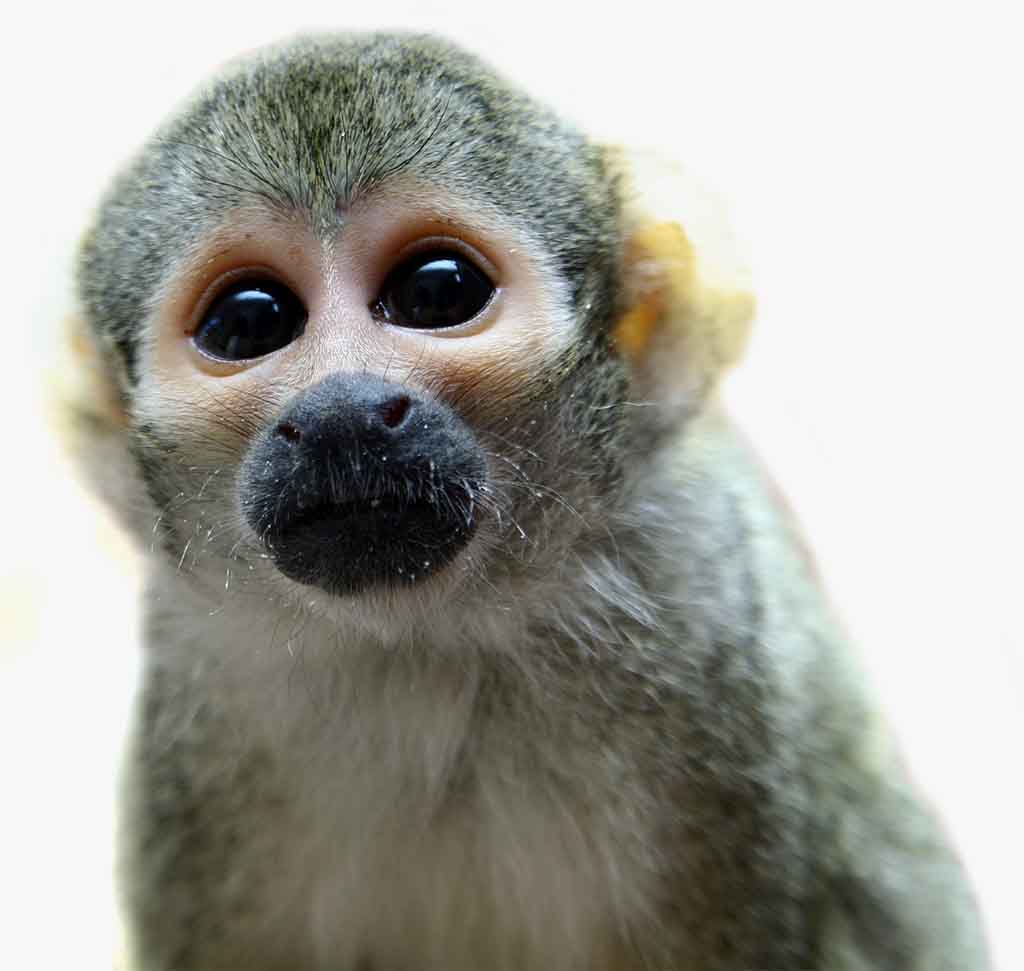The tayra (Eira barbara) is an omnivorous animal from the weasel family, native to the Americas. It is the only species in the genus Eira.
Tayras are also known as the tolomuco or perico ligero in Central America, motete in Honduras, irara in Brazil, san hol or viejo de monte in the Yucatan Peninsula, and high-woods dog (or historically chien bois) in Trinidad. The genus name Eira is derived from the indigenous name of the animal in Bolivia and Peru, while barbara means "strange" or "foreign".
Tayras are long, slender animals with an appearance similar to that of weasels and martens. They range from 56 to 71 cm (22 to 28 in) in length, not including a 37- to 46-cm-long (15 to 18 in) bushy tail, and weigh 2.7 to 7.0 kg (6.0 to 15.4 lb). Males are larger, and slightly more muscular, than females. They have short, dark brown to black fur which is relatively uniform across the body, limbs, and tail, except for a yellow or orange spot on the chest. The fur on the head and neck is much paler, typically tan or greyish in colour. Albino or yellowish individuals are also known, and are not as rare among tayras as they are among other mustelids.
The feet have toes of unequal length with tips that form a strongly curved line when held together. The claws are short and curved, but strong, being adapted for climbing and running rather than digging. The pads of the feet are hairless, but are surrounded by stiff sensory hairs. The head has small, rounded ears, long whiskers, and black eyes with a blue-green shine. Like most other mustelids, tayras possess anal scent glands, but these are not particularly large, and their secretion is not as pungent as in other species, and is not used in self defence. The species have a unique throat patch that can be used for individual identification.
The Tayra is native to Central and South America, Trinidad and Tobago and is found in many different habitats including tropical and subtropical forests, cloud forests, dry scrub forests and gallery forests.
They are omnivores, which means they eat both plants and animals and their diet consists of invertebrates, carrion (dead animals), fruit, honey, rodents and other small mammals.
18 years in captivity.
Least Concern.
It is a mustelid, like the ferret, and will emit a strong smell from its anal glands as self defence. Active during the day (diurnal) and dawn and dusk (crepuscular), the Tayra is a very good climber and has short, curved claws that help them grip. They have poor eyesight, so have to track their prey (food) by scent.
